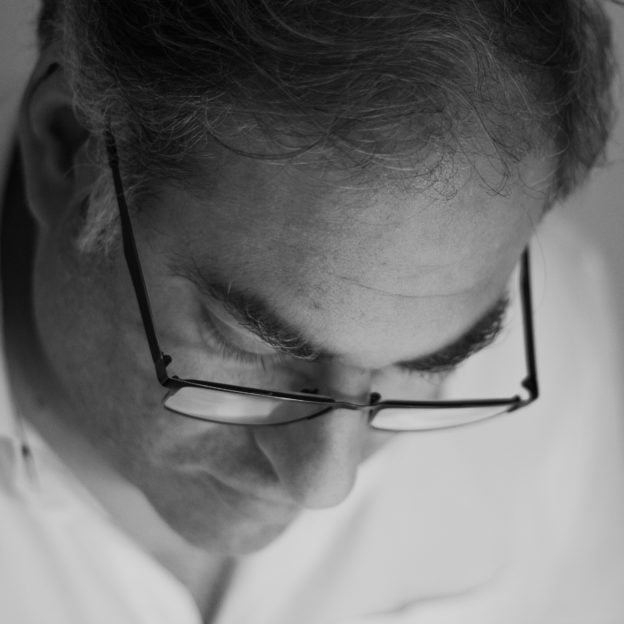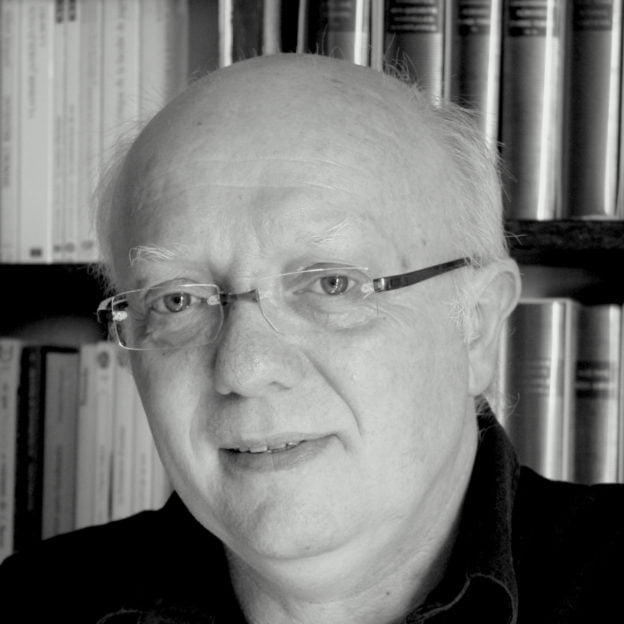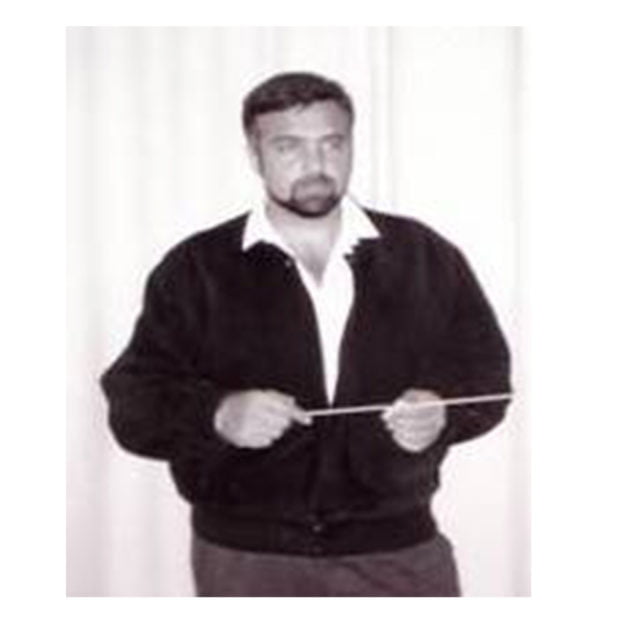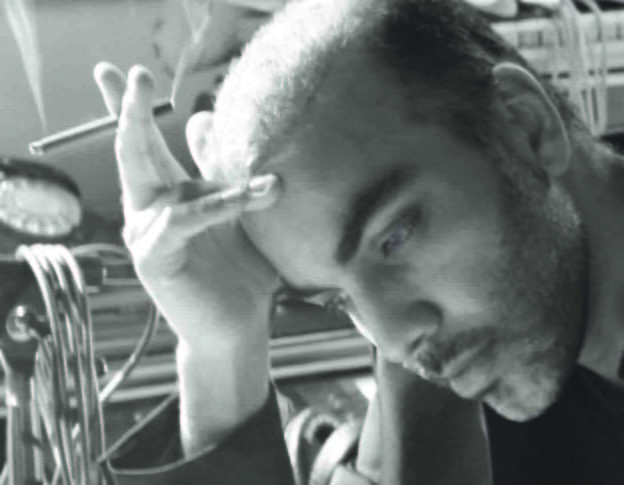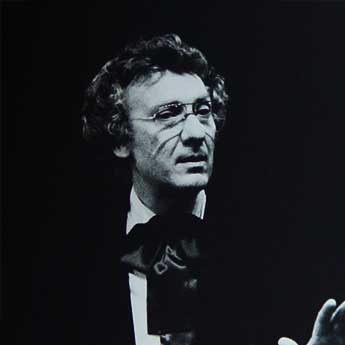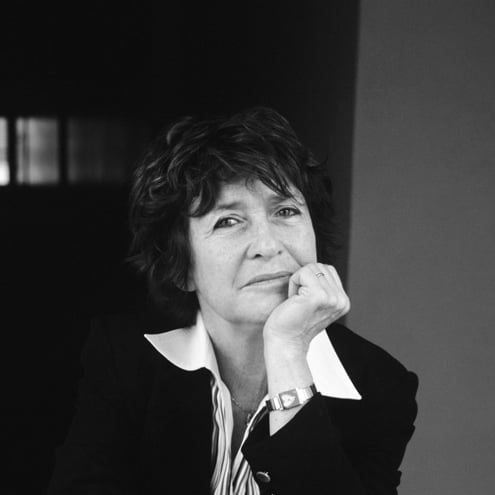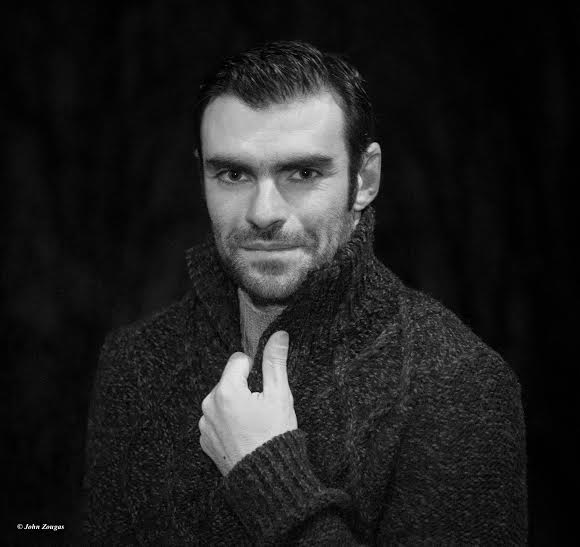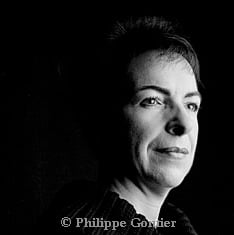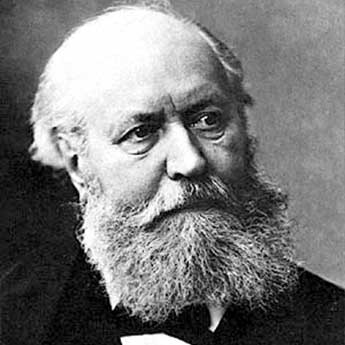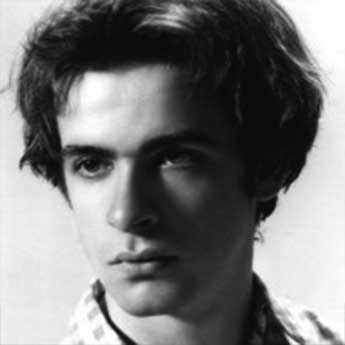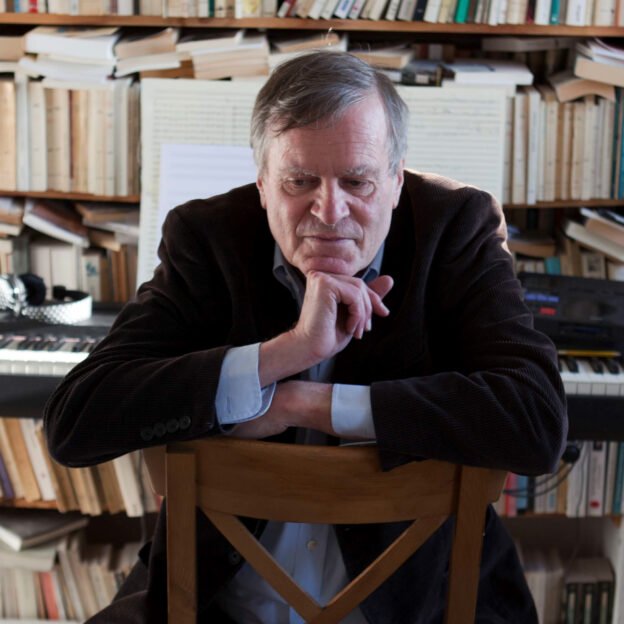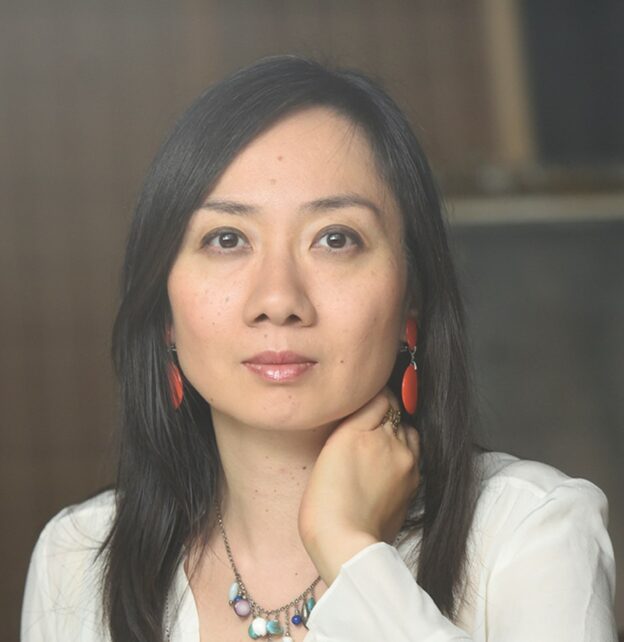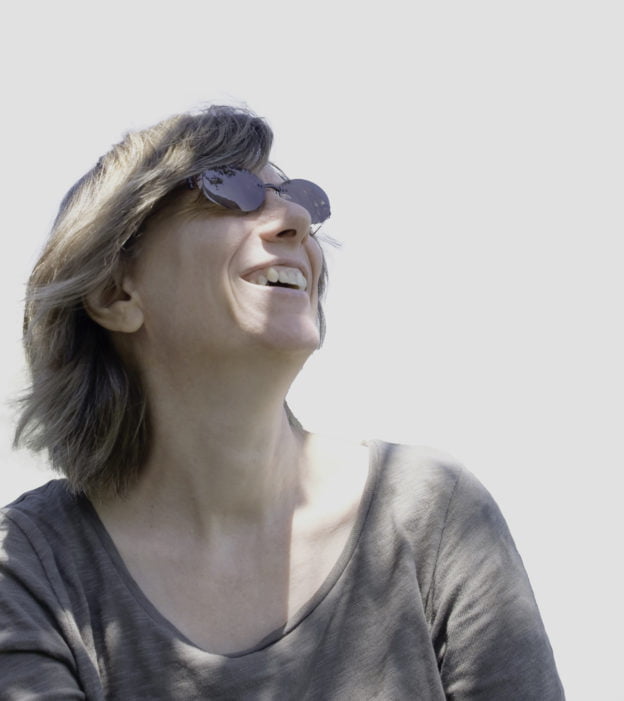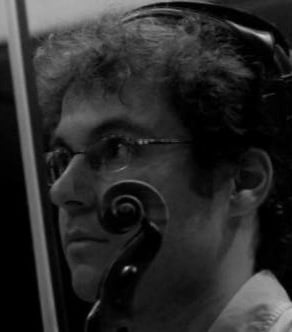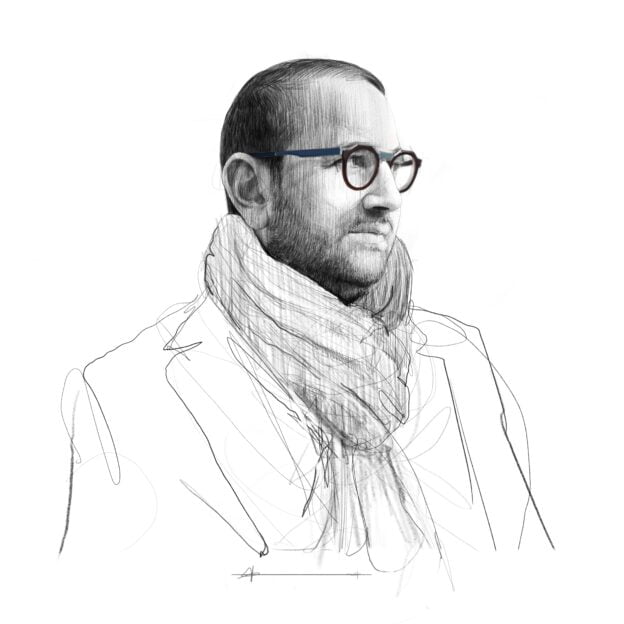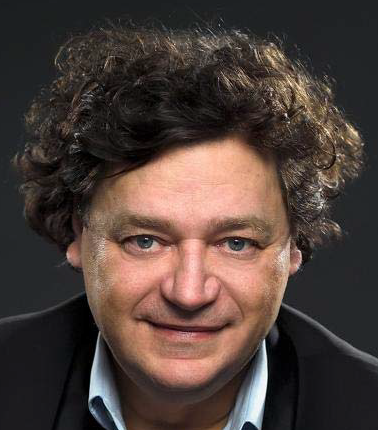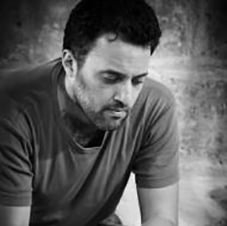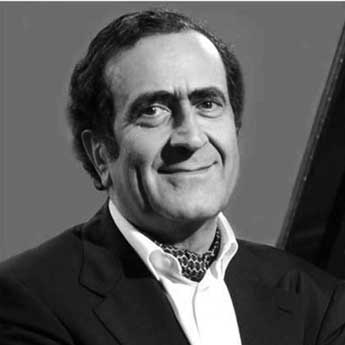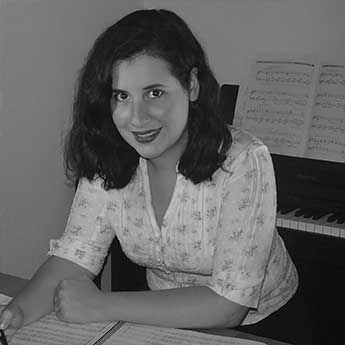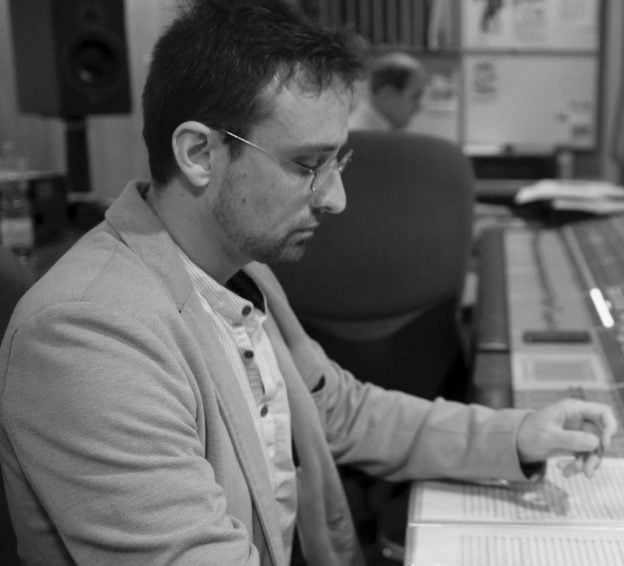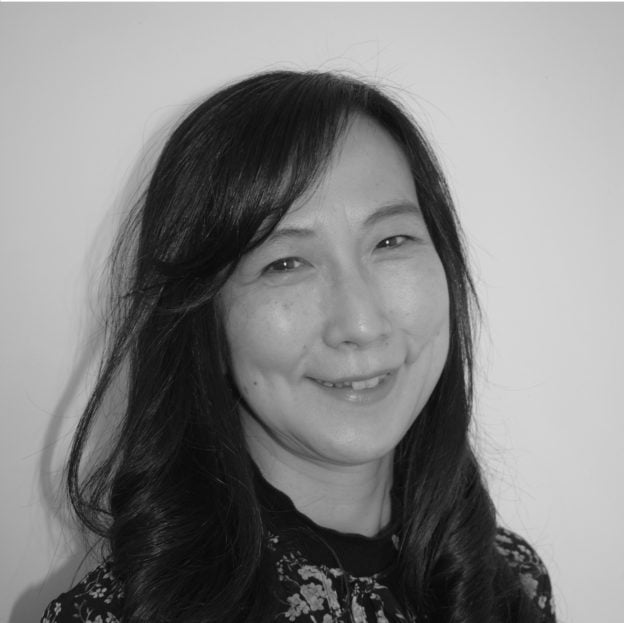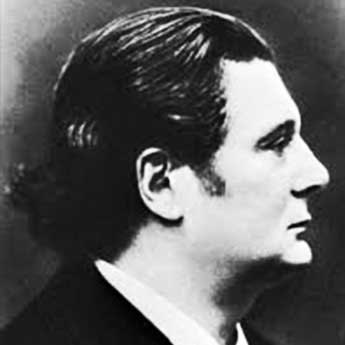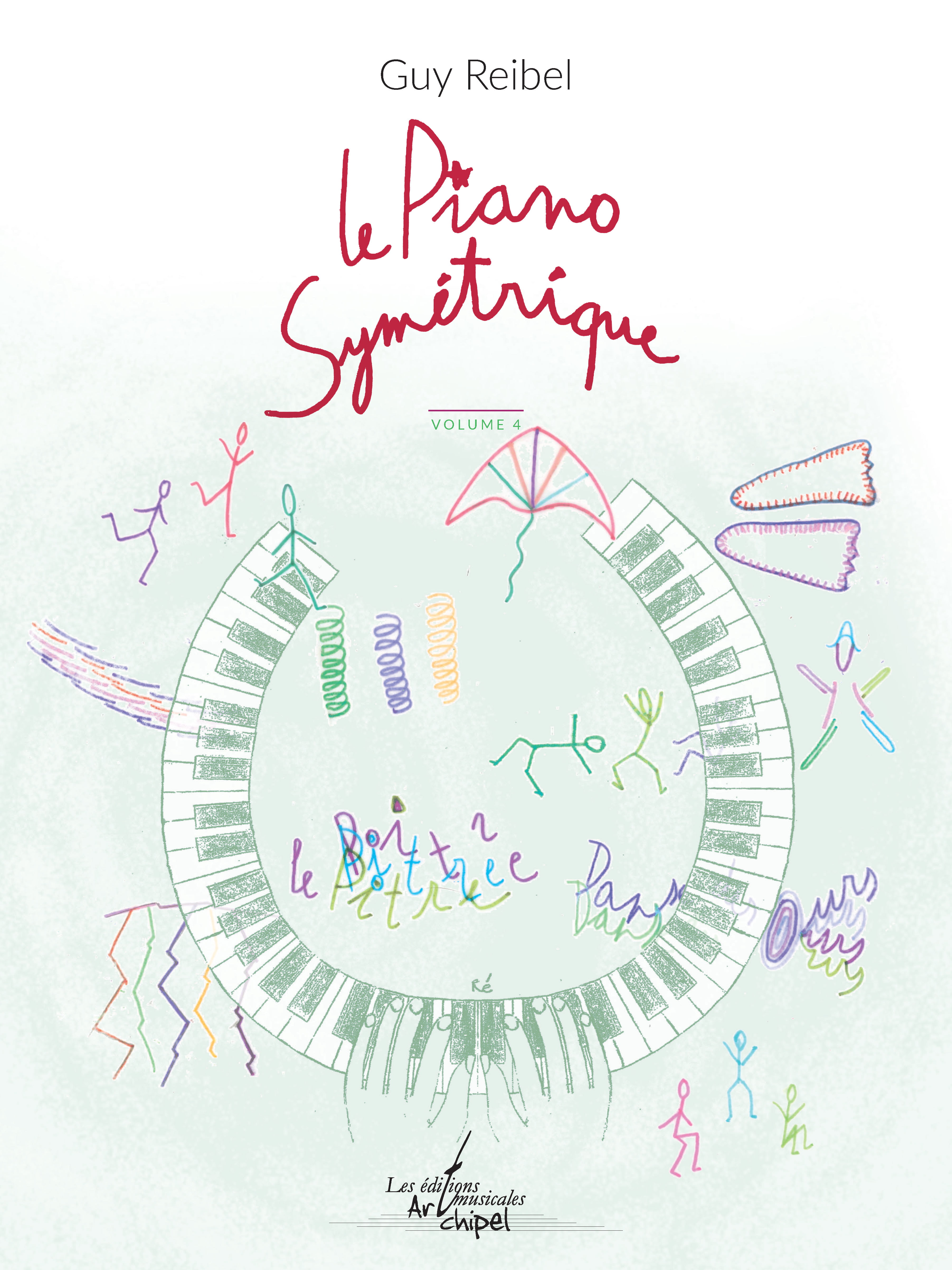Description
The piano, a symmetrical body of sound
a new look at the instrument
The piano is the benchmark instrument for musicians. With its perfect mechanics, exact tuning, melodic and harmonic interplay, the ability to play every conceivable chord, and almost infinite range, it is a perfect instrument, the culmination of hundreds of years of evolution, for which countless works have been written, culminating in the 19th century and a prodigious progression in virtuosity. The instrument has conquered the planet, and is universally used in all musical genres. Its tempered keyboard seems to fix the musical scale forever, bringing music to a kind of “terminus”. What’s more, its keyboard configuration is totally adapted to tonal music, and since the twentieth century, composers have had to trick their way out of tonal language.
I propose an approach in which we strive to forget the glorious history of the piano, its repertoire and all the playing habits that are linked to its habitual practice. A vast program, undertaken with modesty but conviction. Indeed, if we forget everything and look at this instrument like a Martian accidentally landing on Earth, it presents itself as a body of sound offering visual symmetry starting from the center (C – D ), with white keys regularly arranged on both sides, but perfect symmetry in the succession of white and black keys on either side of this center.
If, on the other hand, we observe that our two hands placed flat on a table are also symmetrical, with the two thumbs facing each other, the first idea is not to set up a scale with both hands playing in parallel (the left hand linking the sounds starting with the little finger, the right with the thumb), as this way of playing is less spontaneous than playing in mirror, with both hands using the same fingering. If you apply this symmetrical playing style to both hands, the playing is much more natural and easier for a beginner, and produces musical results that may be disconcerting at first, but are astonishingly rich, eliminating the many clichés, and discover a wide variety of melodic and harmonic modes developed in contemporary music since Debussy and Messiaen, in particular the chromatic mode, the tonal scale, mode 2, the acoustic mode and all the more well-known plainchant modes (D, E, F, G, A).
The door is open to new adventures with very direct access.
This is the experiment conducted at the École de Musique de Colomiers with Marc Jamond, Director, teachers Catherine Gérin, Pascale Monteil, Ruth Atienza Platon and their students, to whom this series of notebooks is dedicated.
Guy Reibel
